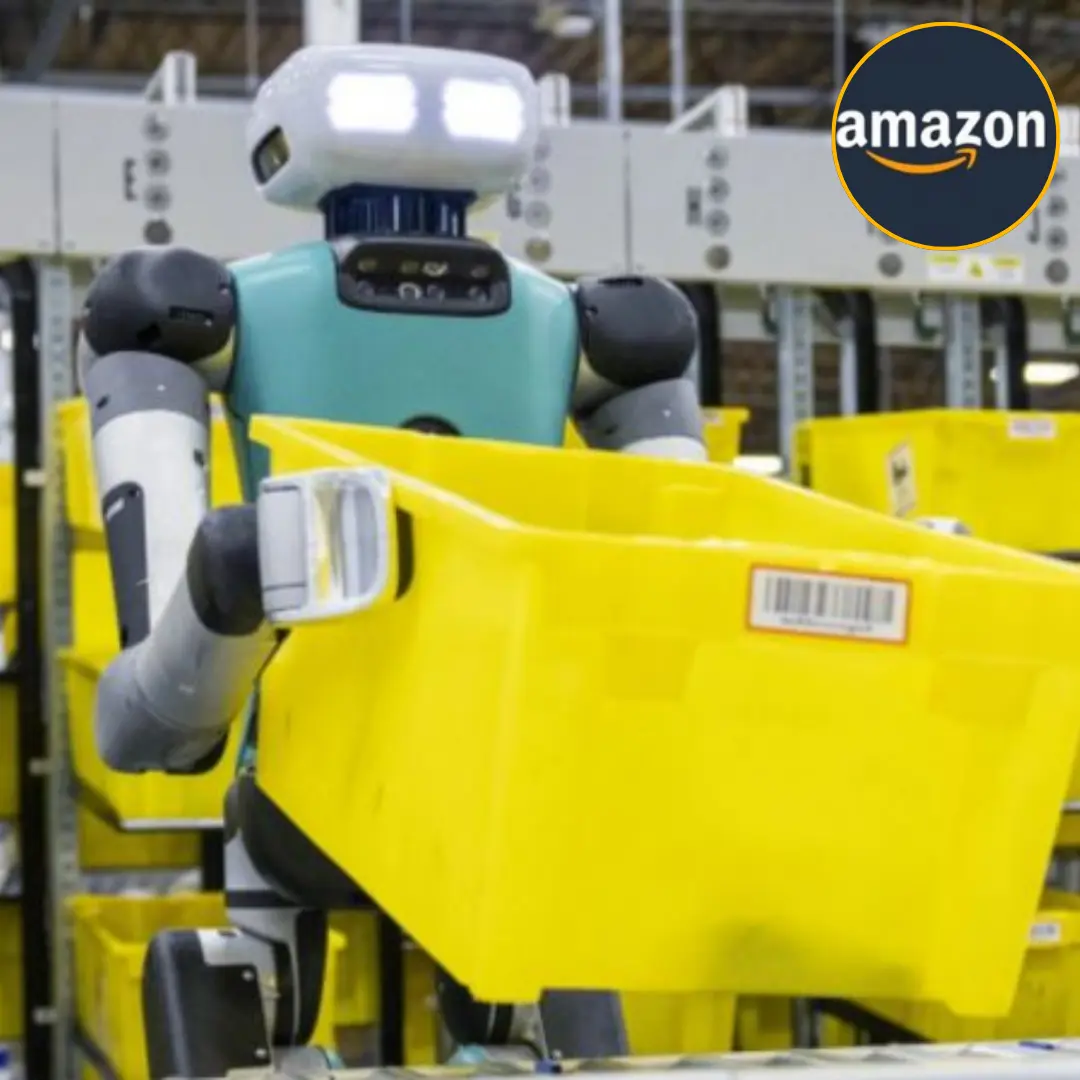In a futuristic twist straight out of a sci-fi movie, Amazon has dramatically ramped up its deployment of robots, increasing their numbers to a staggering 750,000 in 2023 from 520,000 in 2022 and just 200,000 in 2019. This significant uptick in robotic workers comes alongside a slight reduction in human staff, highlighting a transformative shift in Amazon’s operational strategy. These mechanical minions are enhancing efficiency and safety across the company’s vast network of warehouses, sparking discussions about the evolving role of humans in an increasingly automated world.
Amazon’s robots, often resembling autonomous wheeled units and robotic arms, are revolutionizing the logistics landscape. They zip through warehouse aisles, ferrying goods with speed and precision that no human could match. This increased deployment is not merely about replacing human labor but about optimizing operations to meet the demands of a fast-paced, ever-growing e-commerce market. The efficiency gains are undeniable: robots can work around the clock without fatigue, drastically reducing the time it takes to pick, pack, and ship products.
Safety is another significant benefit. Robots take on the most physically demanding and potentially hazardous tasks, reducing the risk of injury to human workers. Heavy lifting, repetitive motions, and navigating congested warehouse floors are now the domain of robots, allowing human staff to focus on more complex, less physically taxing duties. This shift not only protects workers but also helps Amazon maintain productivity during peak periods without the increased risk of workplace accidents.
Interestingly, as automation becomes more prevalent, Amazon is not just phasing out human roles but also creating new job categories that emphasize human-robot collaboration. These roles require a blend of technical skills and operational knowledge, fostering an environment where humans and robots work side by side. Employees are being trained to manage and maintain robots, oversee automated systems, and troubleshoot when things go awry. This collaboration underscores a broader trend in the workforce, where human creativity and decision-making complement robotic efficiency and precision.
However, this robotic revolution is not without its controversies. Critics argue that increased automation could lead to significant job losses and exacerbate economic inequalities. The debate over automation’s impact on employment is intensifying, with some advocating for policies to manage the transition and support displaced workers. Yet, proponents highlight the potential for robots to perform mundane, dangerous tasks, freeing humans to pursue more meaningful and innovative work.
Amazon’s investment in robotics also reflects a broader industrial trend toward embracing advanced technologies. As the company continues to expand its robot army, it sets a precedent for other industries grappling with the balance between human labor and automation. This shift is reshaping job markets, demanding new skills, and prompting educational institutions to adapt their curricula to prepare the workforce for a future where humans and robots coexist and collaborate.
In conclusion, Amazon’s increased robot deployment represents a monumental shift in the logistics and e-commerce sectors. By boosting efficiency and safety, robots are becoming indispensable allies in the quest for operational excellence. While the rise of automation raises valid concerns about job displacement and economic disparity, it also offers opportunities for new forms of human-robot collaboration. As Amazon’s robo-army continues to grow, it challenges us to rethink the future of work and the roles we will play in a world increasingly driven by technology.









